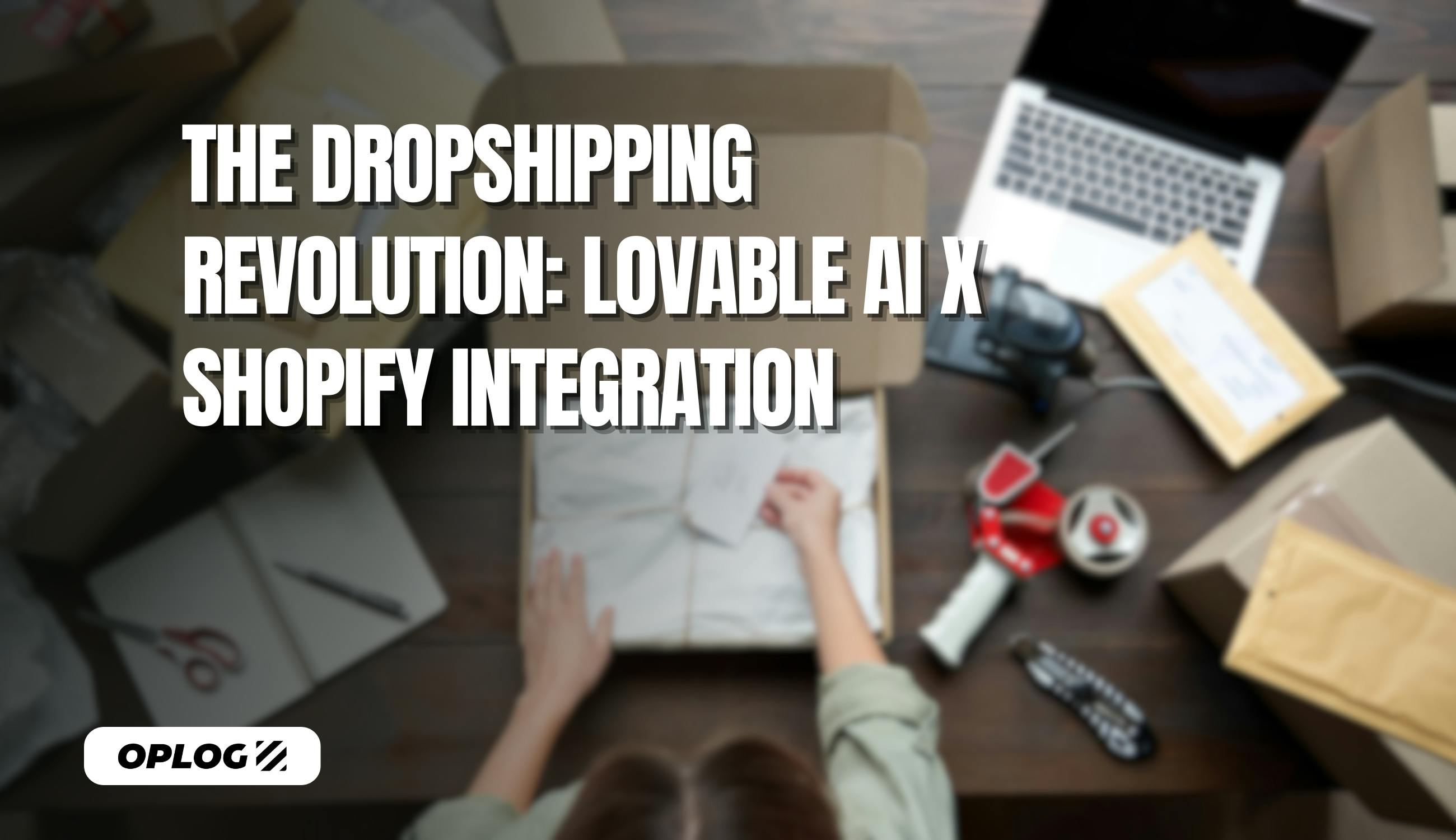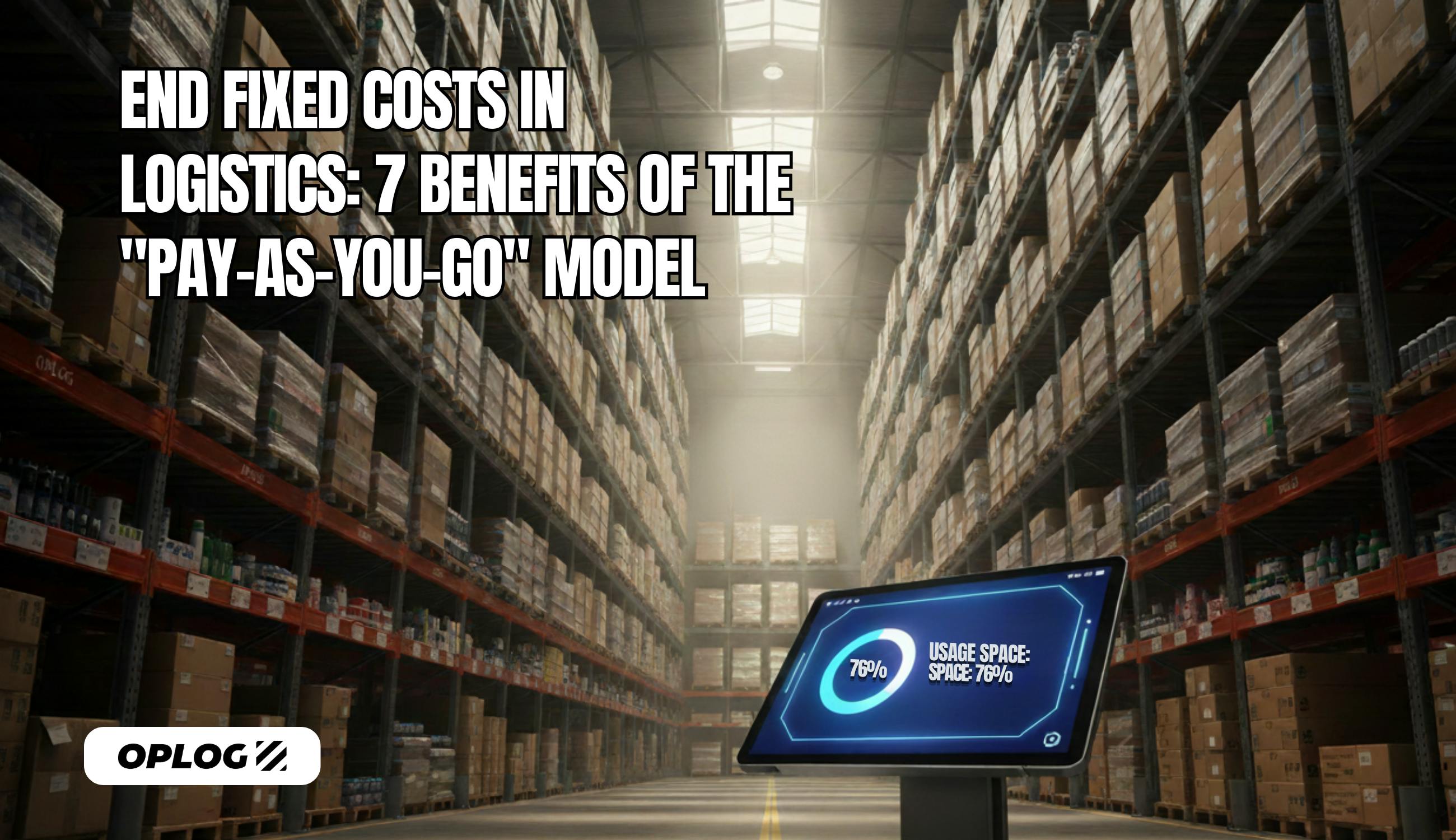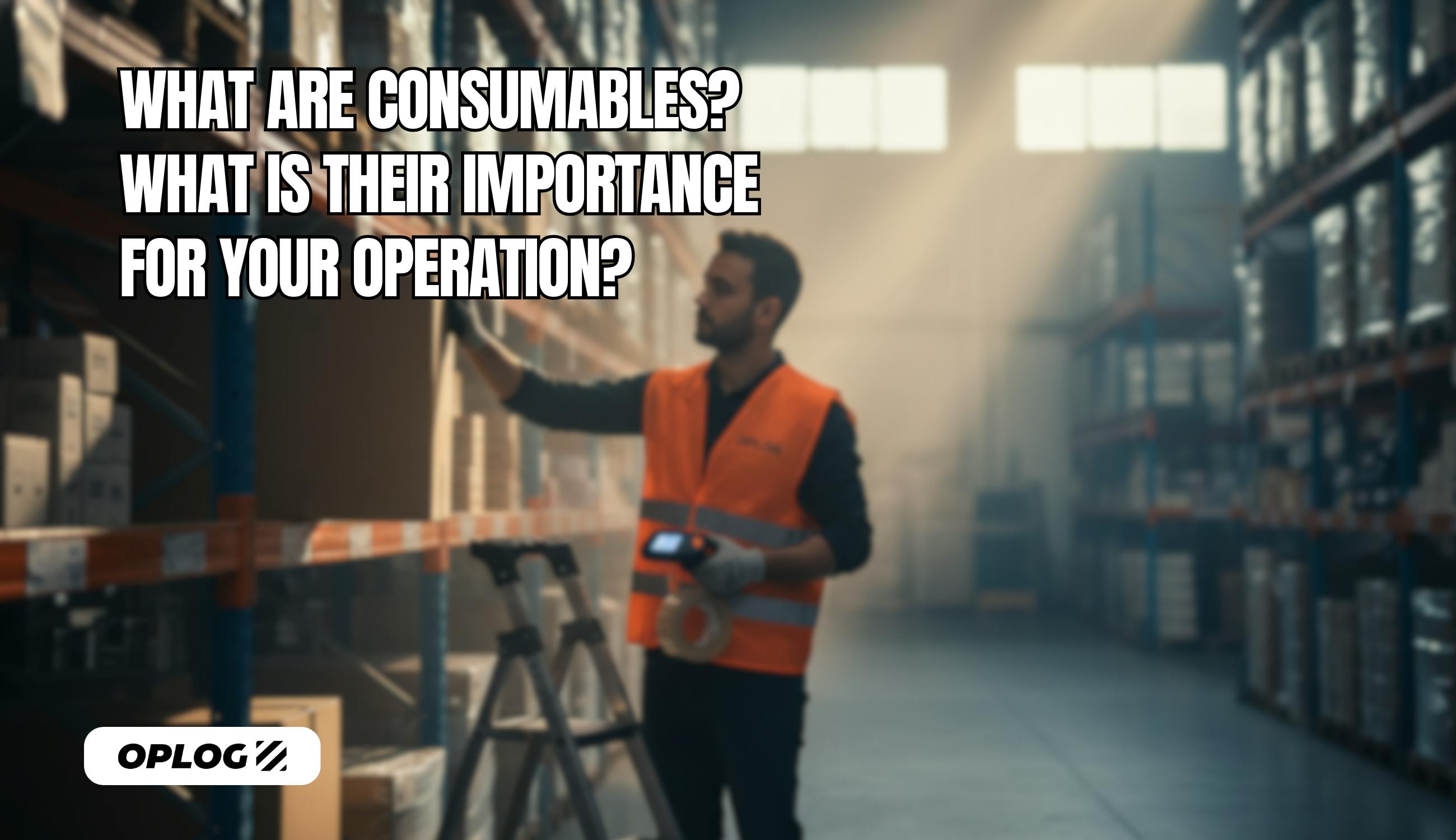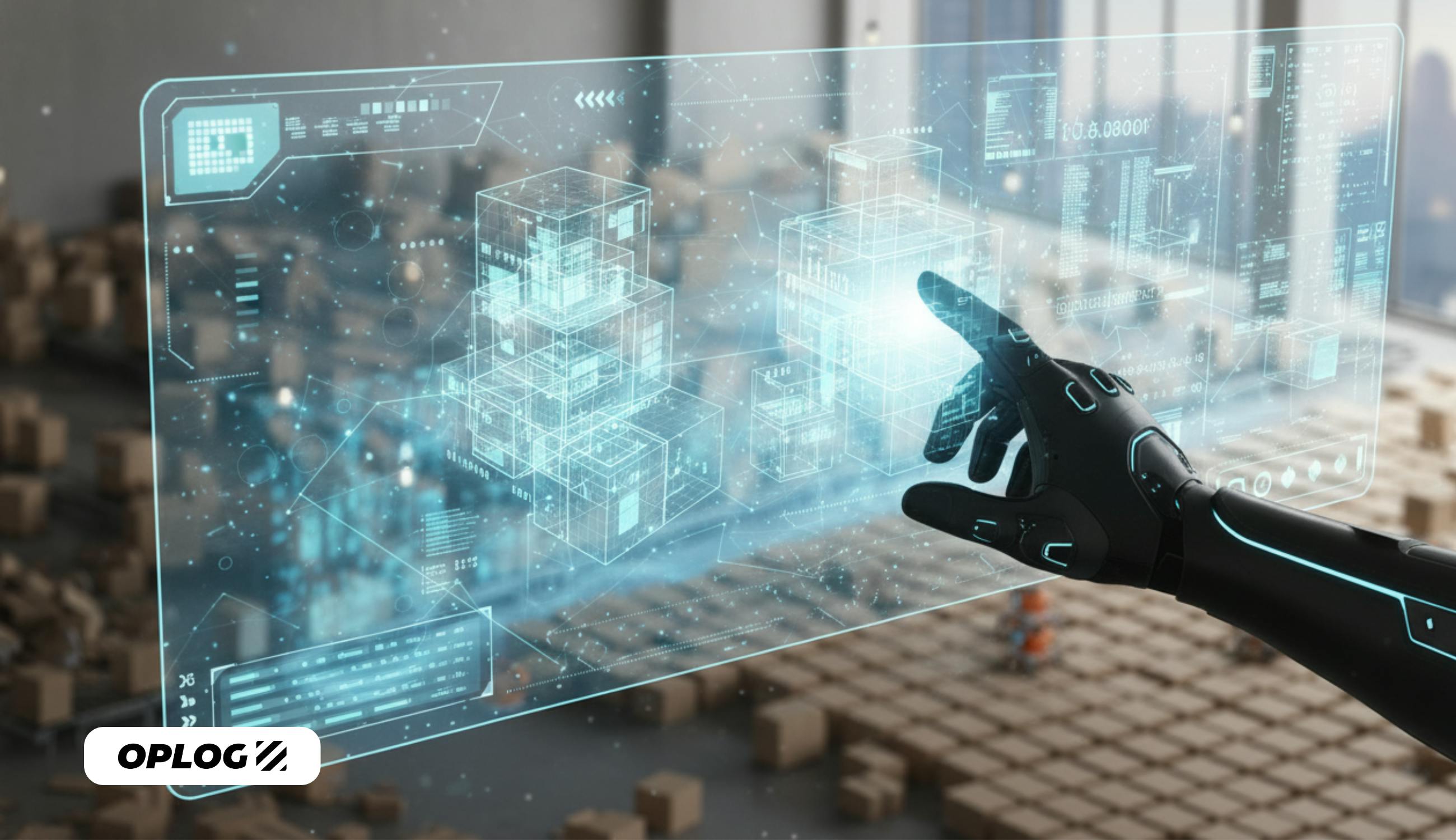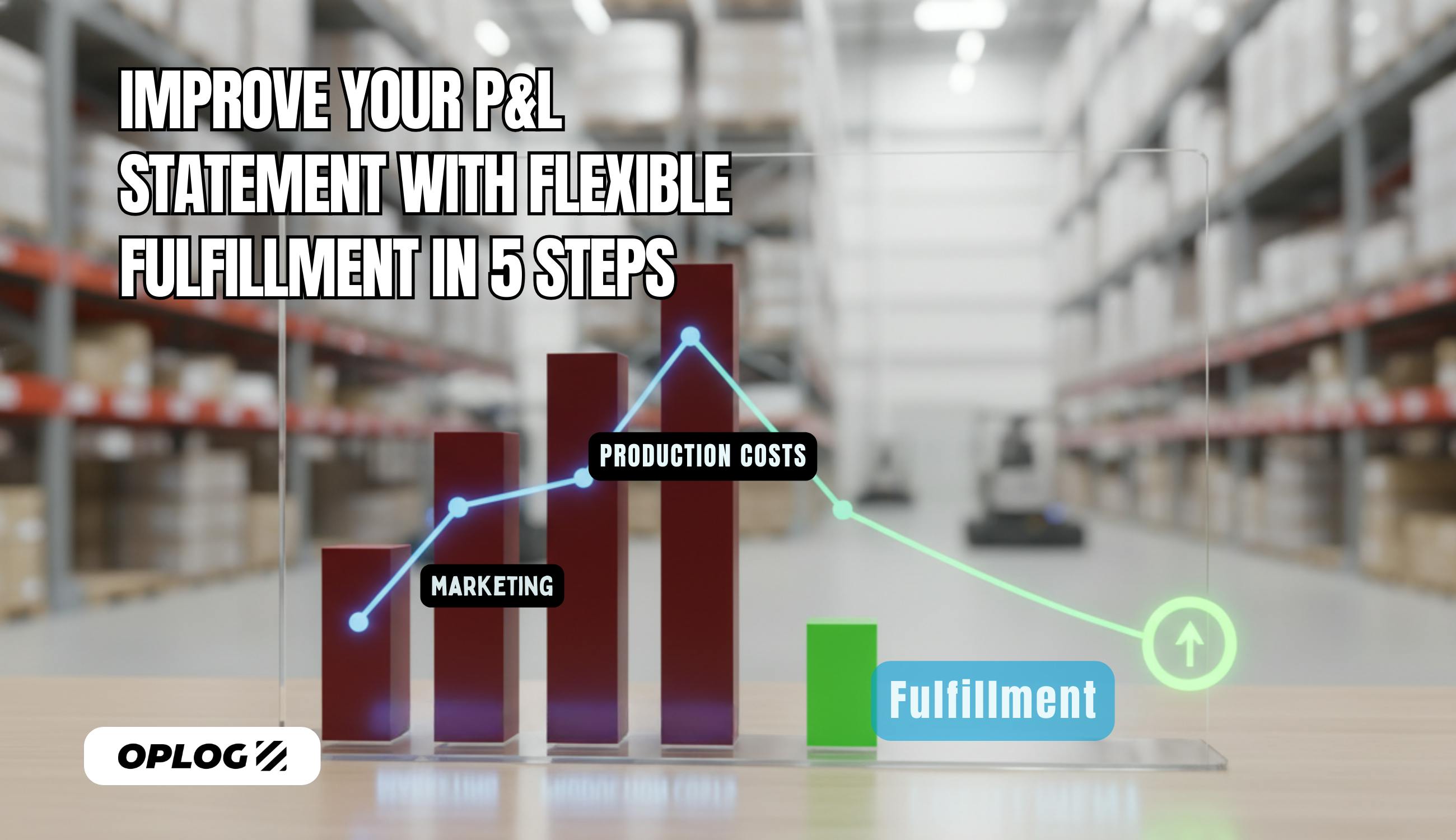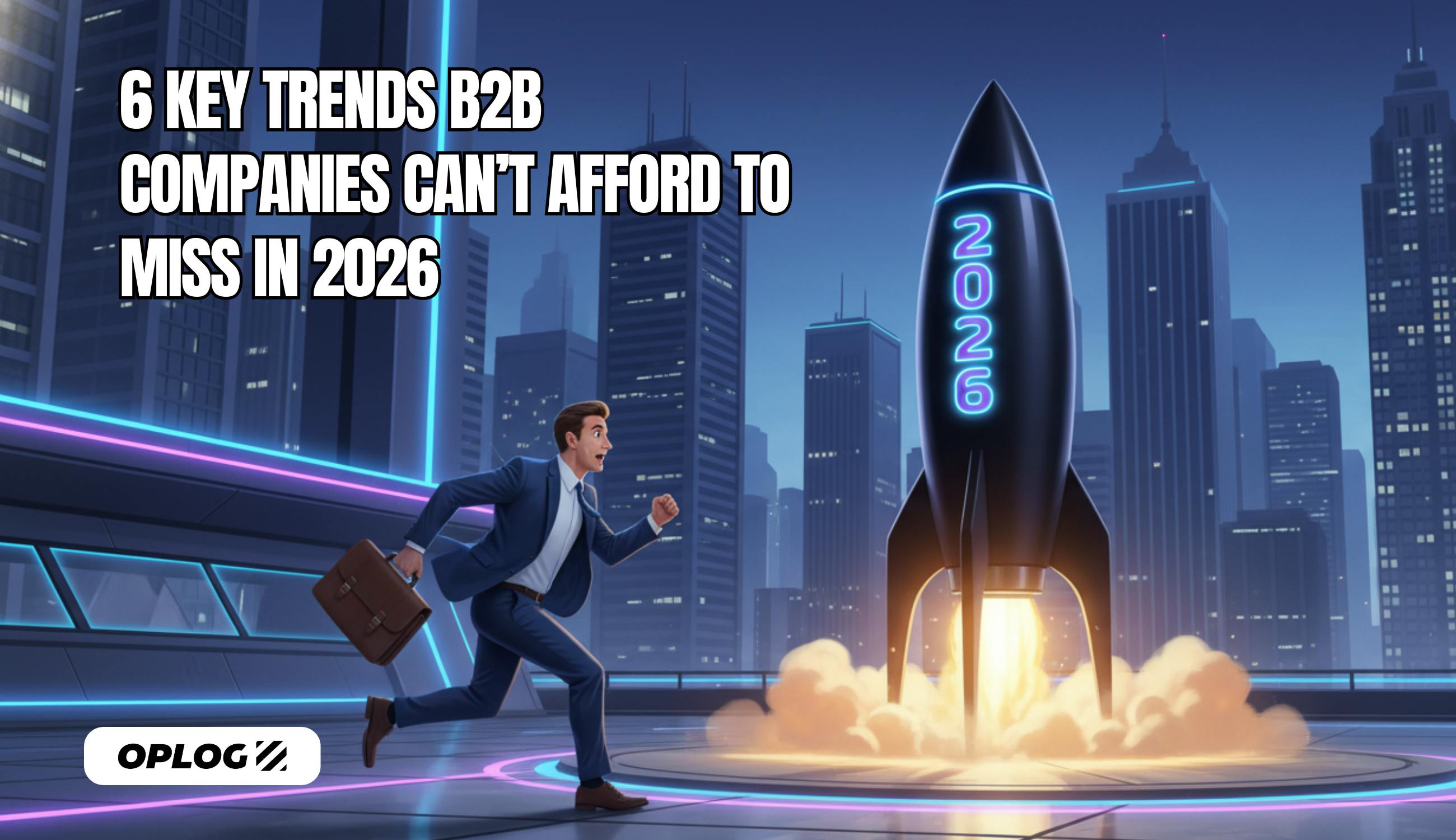The Dropshipping Revolution: Lovable AI x Shopify Integration
Starting with E-Commerce Now Only Takes a Few Hours

In the modern world of e-commerce, the time between having an idea and making the first sale has never been shorter. The question "Where do I start?", one of the biggest obstacles to entrepreneurship, is losing its meaning with the AI revolution.
Recently, a piece of news that excited the e-commerce ecosystem was announced: the deep integration between Shopify and Lovable AI, one of the most innovative artificial intelligence tools in the Shopify ecosystem.
What does this development mean? In short: the near-total removal of the technical and operational barriers to starting an e-commerce business.
At OPLOG, we enthusiastically welcome every technological innovation that paves the way for e-commerce. Tools like Lovable AI enable thousands of new entrepreneurs to step into "Level 1" (Entry Level) e-commerce.
However, this is only one side of the coin. How will these stores, built overnight with artificial intelligence, transform into "real and sustainable" brands? The real challenge and profitability begin right here.
In this article, we will take a detailed look at the most popular model for entering e-commerce, Dropshipping, how Lovable AI has radically changed this model, and most importantly, how the transition from "Level 1" to "Level 2" (i.e., becoming a real brand) is possible with "zero risk" thanks to OPLOG's technology and flexible logistics infrastructure.
What is Dropshipping? The Golden Ticket to E-Commerce?
"Inventory-Free Commerce," or as it's known globally, "Dropshipping," has become the most popular method for entering e-commerce in the last decade.
In its most basic definition, dropshipping is a retail model where the seller does not physically stock the products they sell.
The operational flow in this model is as follows:
- Set Up Shop: You (the seller) set up an e-commerce site (usually Shopify) and list your supplier's (e.g., AliExpress, Zendrop, CJ Dropshipping, etc.) products on your site with your own profit margin.
- Receive an Order: A customer buys this product from your site and pays you.
- Forward the Order: You forward the order and address information you received from the customer to your supplier and pay the wholesale price for the product.
- Shipping: The supplier packages the product (ideally with your brand information, but usually in a generic package) and ships it directly to your end customer.
- Profit: The difference between the retail price you received from the customer and the wholesale price you paid to the supplier becomes your profit.
The Advantages of Dropshipping: Why Is It So Popular?
The popularity of this model stems from the incredible advantages it offers:
- Low Capital and Risk: This is the biggest advantage. You don't have to rent a warehouse or make bulk product purchases worth thousands. You don't lose money if the product doesn't sell.
- No Operational Load: You don't deal with physical and time-consuming tasks like packing, shipping, or warehouse counting.
- Location Independence: All you need is a laptop and an internet connection. You can manage your business from a café or a coastal town.
- Wide Product Range (Market Testing): Since you don't have a physical warehouse, you can test thousands of different products and niches, learning what the market reacts to without risk.
The Disadvantages of Dropshipping: The "Invisible" Risks
This model, which looks perfect on paper, also brings serious disadvantages, especially as the business begins to grow:
- Extremely Low-Profit Margins: This is the biggest problem. You compete with thousands of other sellers buying the same product from the same supplier. Since your only competitive tool is "price," profit margins erode quickly.
- Zero Brand Control and Experience: You have no control over the "package," the most important physical touchpoint between you and your customer. You cannot offer a branded box, a thank-you card, or a special "unboxing" experience.
- Out-of-Control Customer Experience (CX): Logistics are not in your control. If the supplier ships the product late, sends the wrong or damaged item, or packages it poorly... you collect all the complaints and lose all the reputation.
- Supply Chain Fragility: The moment a product you are advertising and selling well goes out of stock at the supplier, your sales are cut off like a knife. Your entire marketing budget is wasted.
How the Lovable AI x Shopify Integration Changed "Level 1"

In the past, even starting a dropshipping business required hours of product research, supplier sourcing, and manual store setup.
Lovable AI's integration with Shopify completely automates this "entry" process.
As we've seen from the posts by founders and users on Twitter (X), Lovable AI is no longer just a "tool" but an "AI business partner." It can now do the following for entrepreneurs:
- Niche Market Detection: It analyzes not just "trending" products, but also potentially profitable niche markets in seconds.
- Finding "Winning Products": The AI scans market data to create a list of "winning products" with the highest sales potential.
- Supplier Matching: It automatically finds reliable platforms (like Zendrop, CJ Dropshipping, etc.) that can supply these products the fastest.
- Automated Store Setup: Most importantly; it automatically uploads product images, AI-optimized SEO-friendly product descriptions, pricing, and all variants to your Shopify store.
The result? Reducing a job that took days to just a few hours, perhaps even minutes. The barrier to entry for e-commerce (Level 1) is now "zero."
Chapter 3: "The Dropshipping Trap" and the Necessity of Moving to Level 2

So, what happens in a world where everyone can find the same "winning products" in seconds with AI and list them from the same suppliers?
While Lovable AI makes entering dropshipping easier, it has actually increased the competition problem on the "Disadvantages of Dropshipping" list by 10x.
This is what we call "The Dropshipping Trap." It's a "red ocean" where profitability is nearly impossible, and everyone is selling the same thing.
- You can't compete on price (no profit).
- You can't compete on product (the product is the same).
There is only one way to escape this trap and build a sustainable business: Branding.
Branding means moving to "Level 2" in the e-commerce journey.
What does "Level 2: Branding" mean?
- Using dropshipping and Lovable AI as a "Market Test Laboratory."
- Identifying the 1-2 products that you sell the most by testing with AI.
- Instead of dropshipping these products anymore, buying them in bulk directly from the manufacturer (perhaps even having a better version produced).
- Owning your own inventory.
The moment you own your own inventory, the whole game changes:
- Profit Margins Increase: Your unit cost drops thanks to bulk purchasing.
- You Control the Customer Experience: You now determine the package that goes to the customer. Fast shipping, a branded box, a thank-you card...
- You Build a Defensible Business: While your competitors are still dealing with 15-day deliveries, you differentiate yourself with same-day shipping.
"The 'Level 2' Fear": The Growing Pains of SMBs

Do you know why thousands of entrepreneurs who make money from dropshipping fail to move to "Level 2," the inventory-holding model?
There is only one answer: Fear.
The transition to an inventory-holding model is where "growing pains" begin. These fears are:
- Fear of Fixed Costs: "What if I get crushed by high fixed costs like warehouse rent, employee salaries, and utilities?"
- Fear of Operational Chaos: "How will I pack 100 orders a day? I'll drown in packing tape and Excel spreadsheets."
- Fear of Technology Gaps: "How will I track my inventory in real-time? How will I get Shopify to talk to my warehouse?"
- Fear of Scaling: "What will I do if 5,000 orders come in on Black Friday? My growth speed will be limited by my own operational capacity."
These fears are extremely real and are the biggest obstacle to the growth of SMBs.
Chapter 5: OPLOG: Inventory-Based Commerce, as Flexible and Risk-Free as Dropshipping

This is exactly where our mission at OPLOG begins. We are the technology and operations partner that eliminates all these fears for entrepreneurs who want to move to "Level 2."
With OPLOG, moving to an inventory-holding model is as flexible and risk-free as dropshipping. How?
1. Fear Solution: The Real PAYG Model vs. Fixed Costs You don't need to rent a warehouse, hire staff, or sign rigid contracts when moving to an inventory-holding model. With OPLOG's Real Pay-As-You-Go (PAYG) model, you convert all these fixed costs into variable costs. You only pay for the pallet space you use and the operations that occur (like order packing). If sales are low, your cost is low; if they are high, it increases. Just like dropshipping!
2. Fear Solution: Integrated OPLOG ONE Technology vs. Operational Chaos Forget "drowning in packing tape and Excel spreadsheets" and the fear of "How do I get Shopify to talk to my warehouse?".
When you switch from dropshipping to OPLOG, we provide you with OPLOG ONE, an enterprise-grade technology platform. OPLOG ONE is not just a warehouse management system; it's an operations center that manages your entire e-commerce ecosystem.
We are already fully integrated with the Shopify store you set up with Lovable AI. But we're not limited to just that. As you grow and expand to new channels, you can connect to new platforms with a single click thanks to OPLOG ONE's powerful integration library:
- E-commerce Platforms: We work seamlessly with infrastructures like WooCommerce, Magento, Ticimax, and IdeaSoft in addition to Shopify.
- Marketplaces: When you take your brand to dozens of national and global marketplaces like Amazon, Trendyol, Hepsiburada, and eBay, all your orders automatically flow to your OPLOG ONE screen.
- ERP and Accounting: We fully integrate with SAP, Oracle, Microsoft Dynamics or your local accounting programs (like Paraşüt, Logo, etc.) that you'll need as you grow.
- Shipping Carriers: Your operations run smoothly thanks to our integration with all shipping carriers.
In short, thanks to OPLOG ONE, you manage all your inventory, your orders across all sales channels, and your returns from a single screen, in real-time. All manual processes are professionally automated.
3. Fear Solution: On-Demand Scalability vs. Scaling Stress OPLOG becomes "your operational backbone that scales with you." Our infrastructure instantly adapts from 10 orders a day to 10,000 orders a day. Is Black Friday coming? All you have to do is focus on marketing. You leave the operational scaling to us. You grow instantly without investing a single penny in infrastructure.
Conclusion: The Right Partner for Every Step of the Journey

The Lovable AI x Shopify integration is fantastic news for the e-commerce (Level 1) world. It paves the way for entrepreneurship.
We at OPLOG are designing the next step of this journey (Level 2) for these entrepreneurs.
Your strategy should be this: Test your market with Lovable AI, find your "winning" product. When you decide to grow, increase your profit margins, and most importantly, become a real brand by owning the "customer experience," OPLOG's zero-risk, tech-driven, and flexible infrastructure is right by your side.
Are you ready to break free from the limitations of dropshipping and achieve the profitability and flexibility of a real brand?
